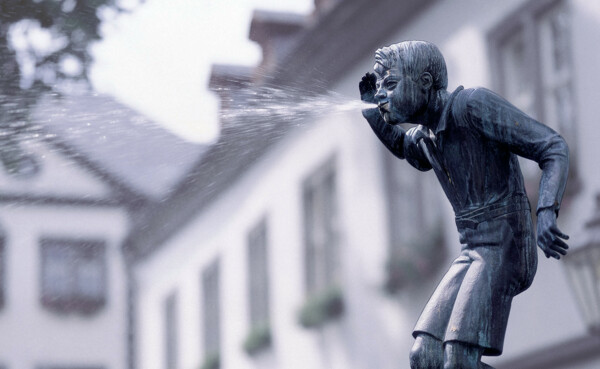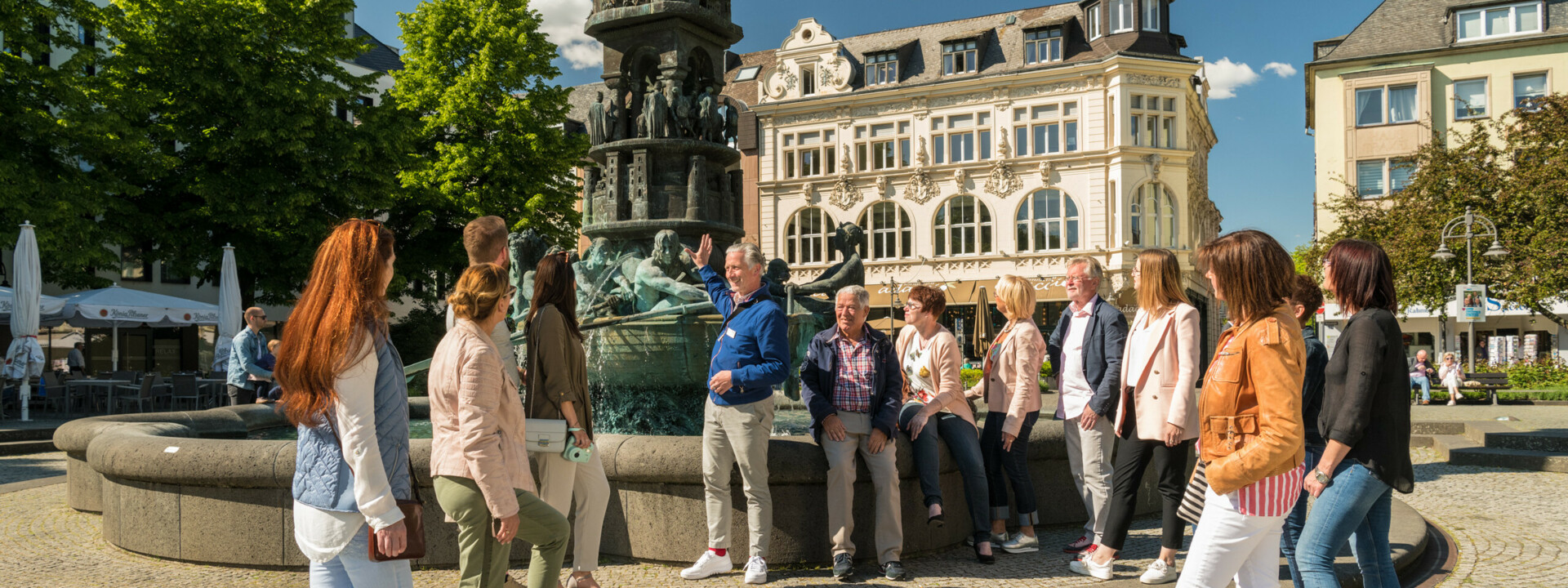
Experience Koblenz as a History Lover
Immerse yourself in the fascinating history of Koblenz and discover the city as a history lover. Here we present places and experiences that offer you a deep insight into the multifaceted past of this historic city. From historical city tours and informative museum visits to authentic time travel through the well-preserved historical old town—experience Koblenz through the centuries and be enchanted by the numerous historical treasures. Our aim is to bring the rich history of Koblenz to life in exciting and educational experiences for history lovers. Learn more about the significant events, personalities and architectural masterpieces that make Koblenz a jewel steeped in history.
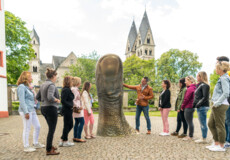
Recommendation:
The Romantic Old Town Tour
The Romantic Old Town Tour
You cannot miss the Romantic Old Town tour when you visit koblenz. Discover one of the oldest cities in Germany on this guided tour through our historic old town.
Historical Highlights in Koblenz
History Column at Josef-Görres-Platz
The history column at Josef-Görres-Platz literally describes the history of the city of Koblenz from bottom to top. Starting at the bottom, for example, you can see the so-called "Roman fort settlement" - translated, it describes the Romans in their boats who brought wine to Europe.
Learn more about Görresplatz
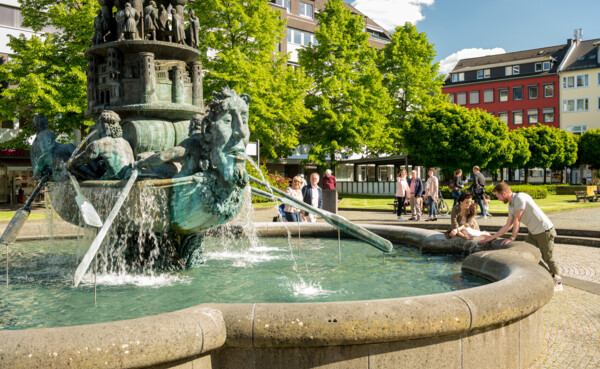
The Eye Roller
The eye roller at the Old Shopping Centre & Dancing Hall brings a smile to every visitor's face - especially when it sticks its tongue out once every half and full hour. The idea came from a robber who was beheaded in 1536. Before his execution, he stuck out his tongue and rolled his eyes - this scene gave rise to the idea of the eye roller.
Learn more about the old Kauf- und Danzhaus
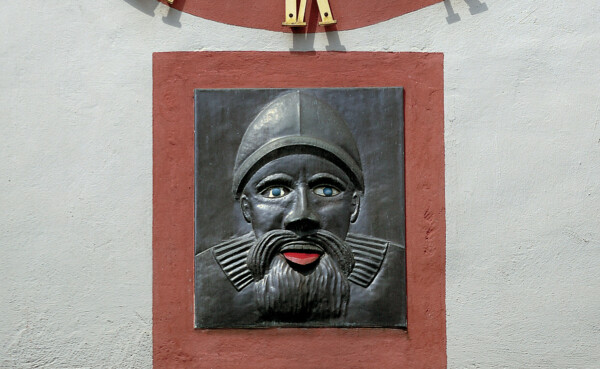
Schängelbrunnen
The term Schängel has its origins in the 20-year affiliation (1794-1813) of the city of Koblenz to France. It refers to the Franco-German children born during this period, who were often called Jean (German: Johann or Hans). Due to the Koblenz dialect, "Jean" usually became "Schang". Over time, this eventually developed into Schängel, a diminutive of Schang. Today, all native Koblenzers see themselves as Schängel and love the little guy who stands for wit, quick-wittedness and the Rhenish way of life.
Learn more about the Schängelbrunnen
